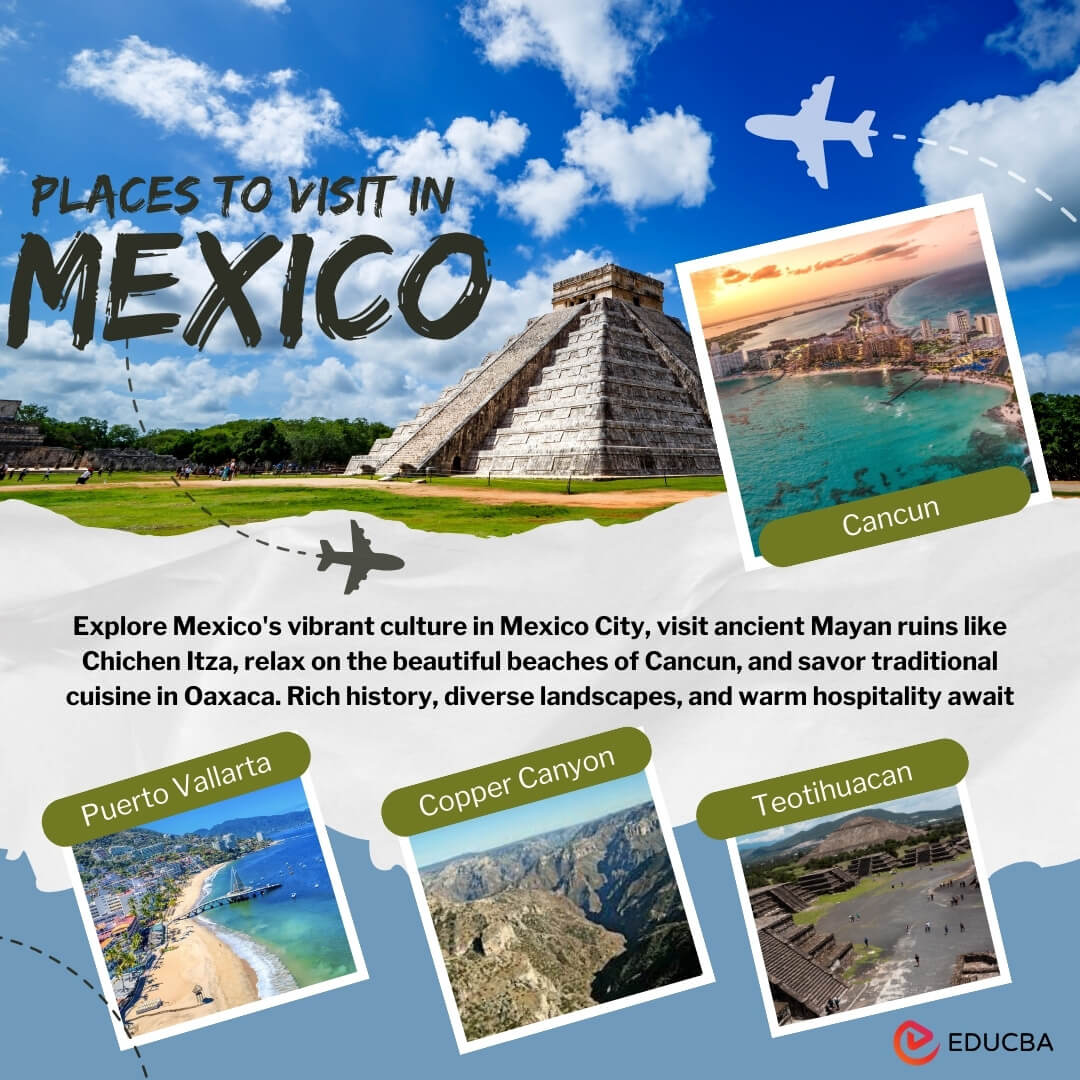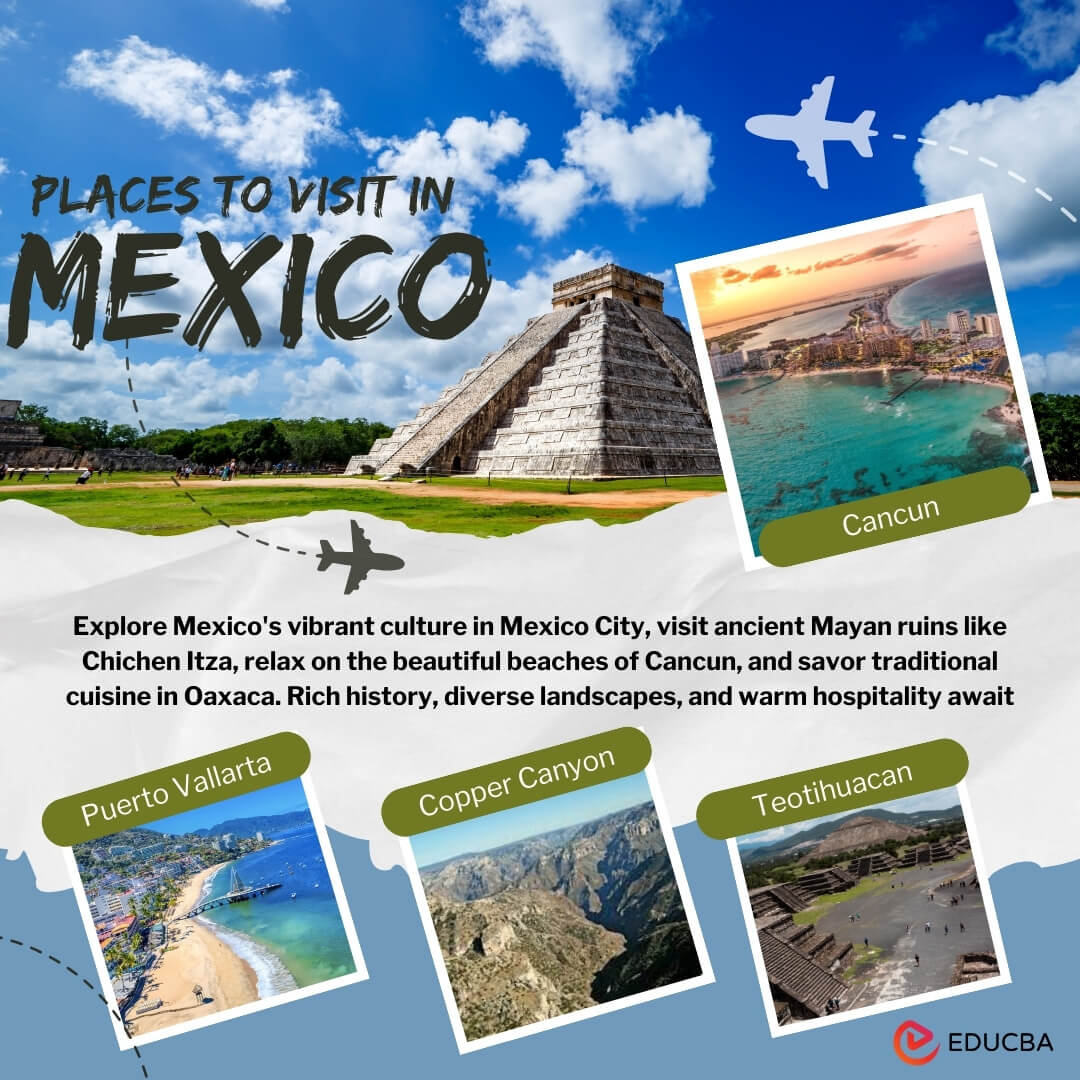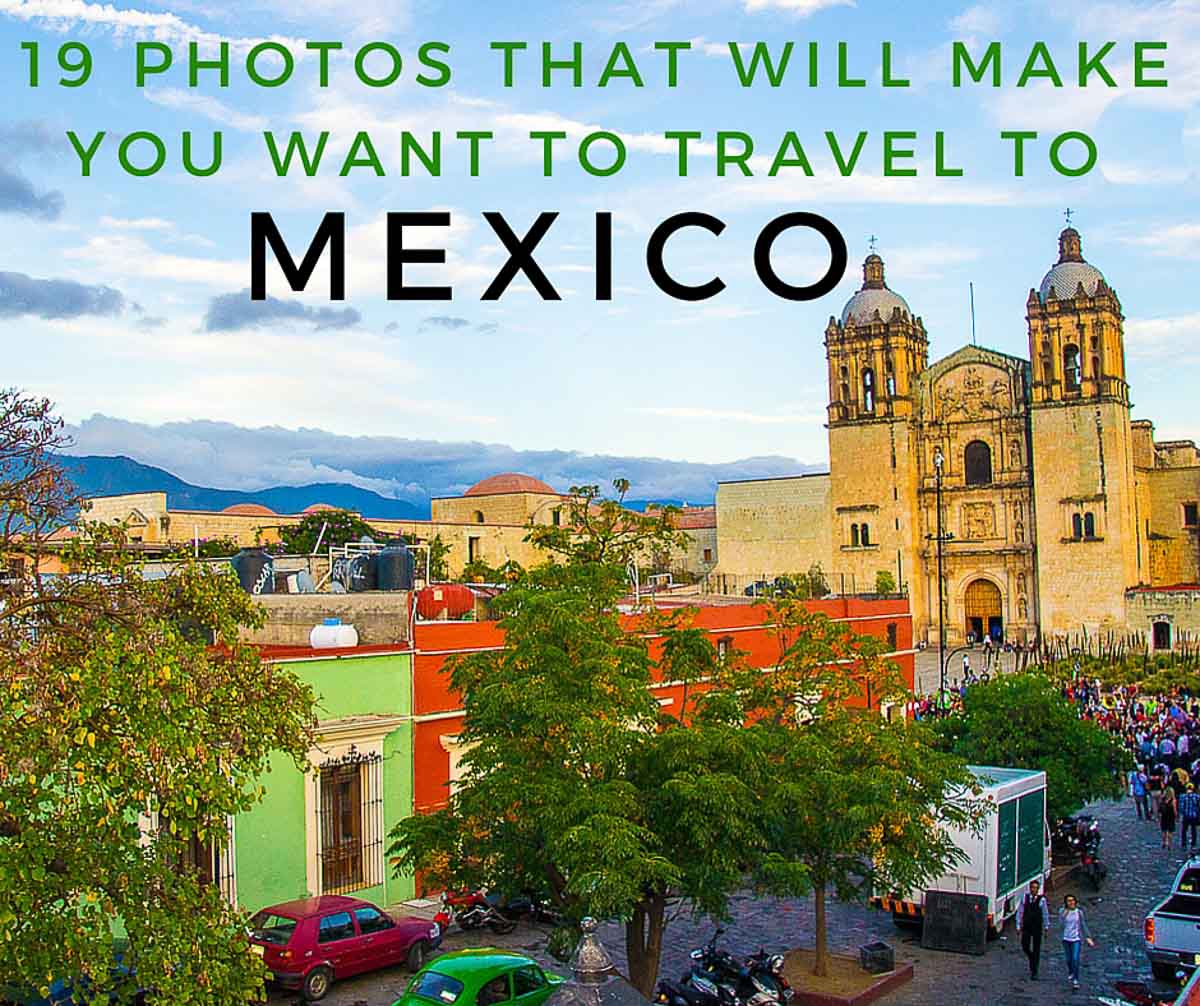
Mexico, a land of vibrant culture, breathtaking landscapes, and tantalizing cuisine, beckons travelers with promises of adventure, relaxation, and unforgettable experiences. From ancient ruins echoing with the whispers of the past to bustling cityscapes brimming with modern energy, Mexico offers something for everyone. This comprehensive guide will equip you with everything you need to plan and execute your dream Mexican getaway.
A Journey Through Time and Culture: Mexico’s Rich History
To truly appreciate Mexico, understanding its rich history is crucial. The country boasts a captivating narrative woven from diverse civilizations, colonial influences, and a resilient spirit.

Related Articles about Unveiling the Magic of Mexico: A Comprehensive Guide for Travelers:
- Toronto: A Mosaic of Culture, Commerce, and Charm – Your Ultimate Travel Guide
- Cape Town’s Crown Jewels: A Guide to the City’s Finest Hotels and Unforgettable Experiences
- The Sultanate of Splendor: Discovering Oman’s Best Hotels and Enchanting Charms
- Tanzania: An Odyssey into the Heart of Africa
- The Grand Tapestry: Exploring the United Kingdom’s Top Attractions
-
Ancient Civilizations: Before the arrival of Europeans, Mexico was home to sophisticated civilizations like the Olmecs, the Maya, and the Aztecs. The Olmecs, known for their colossal stone heads, laid the foundation for Mesoamerican culture. The Maya, masters of mathematics, astronomy, and architecture, built impressive cities like Chichen Itza and Tikal (partially in Mexico). The Aztecs, fierce warriors and skilled builders, established their capital, Tenochtitlan (present-day Mexico City), on an island in Lake Texcoco. These civilizations left behind a legacy of complex societies, intricate art, and remarkable achievements.
-
The Spanish Conquest: In the 16th century, Spanish conquistadors, led by Hernán Cortés, arrived in Mexico and conquered the Aztec Empire. This marked a significant turning point, ushering in the colonial era. The Spanish introduced their language, religion (Catholicism), and European culture, profoundly impacting Mexican society. Colonial architecture, characterized by ornate churches, grand plazas, and colorful buildings, is still visible throughout the country.
-
Independence and Revolution: Mexico gained its independence from Spain in 1821 after a long and arduous struggle. The 19th and 20th centuries were marked by internal conflicts, political instability, and the Mexican Revolution (1910-1920). This revolution, fueled by social and economic inequalities, led to significant changes in land ownership and the rise of a new political order.

-
Modern Mexico: Today, Mexico is a vibrant and diverse nation. It is a major player in the global economy and a popular tourist destination. The country has preserved its rich cultural heritage while embracing modernity.
Top Attractions: A Tapestry of Experiences
Mexico’s diverse landscape and rich history offer a plethora of attractions. Here are some of the must-see destinations:
-
Ancient Ruins:
- Chichen Itza (Yucatan): One of the New Seven Wonders of the World, Chichen Itza boasts the iconic El Castillo pyramid, a testament to Mayan ingenuity. Explore the astronomical observatory, the ball court, and the Temple of the Warriors.
- Teotihuacan (Mexico State): Located near Mexico City, Teotihuacan was once the largest city in the pre-Columbian Americas. Climb the Pyramid of the Sun and the Pyramid of the Moon for breathtaking views.
- Palenque (Chiapas): Nestled in the lush rainforest, Palenque features intricate carvings and impressive structures that showcase the Mayan civilization’s artistic prowess.
- Tulum (Quintana Roo): Perched on a cliff overlooking the turquoise Caribbean Sea, Tulum is a stunning Mayan site with dramatic coastal views.
-
Colonial Cities:
- San Miguel de Allende (Guanajuato): A UNESCO World Heritage site, San Miguel de Allende is renowned for its well-preserved colonial architecture, cobblestone streets, and vibrant art scene.
- Guanajuato (Guanajuato): Another UNESCO World Heritage site, Guanajuato is a colorful city with narrow alleys, underground tunnels, and stunning churches.
- Oaxaca City (Oaxaca): Known for its rich cultural heritage, Oaxaca City offers a blend of indigenous and colonial influences. Explore the Zocalo (main square), the Santo Domingo church, and the local markets.
-
Beaches and Coastal Destinations:
- Cancun & Riviera Maya (Quintana Roo): Famous for their white-sand beaches, turquoise waters, and vibrant nightlife, Cancun and the Riviera Maya are popular tourist destinations. Explore the Mayan ruins of Tulum, swim in cenotes (sinkholes), and enjoy water sports.
- Puerto Vallarta (Jalisco): This charming coastal city offers beautiful beaches, a vibrant culinary scene, and a lively atmosphere. Explore the Malecon (boardwalk), enjoy whale watching (seasonal), and visit the nearby beaches of Sayulita and San Pancho.
- Los Cabos (Baja California Sur): Known for its luxurious resorts, stunning beaches, and world-class golf courses, Los Cabos is a popular destination for relaxation and water sports.
-
Natural Wonders:
- Copper Canyon (Chihuahua): A system of canyons larger and deeper than the Grand Canyon, Copper Canyon offers breathtaking views, hiking trails, and opportunities for adventure.
- Hierve el Agua (Oaxaca): Petrified waterfalls formed by mineral-rich springs create a unique landscape. Enjoy stunning views of the surrounding valleys.
- Cenotes (Yucatan Peninsula): These natural sinkholes filled with crystal-clear water are perfect for swimming, snorkeling, and diving.
Essential Travel Tips for a Smooth Journey
Planning ahead and being prepared will enhance your travel experience in Mexico. Here are some essential tips:
- Visas and Entry Requirements: Check the visa requirements for your nationality. Citizens of many countries, including the United States, Canada, and the European Union, can enter Mexico for tourism without a visa for up to 180 days. You will be issued a Forma Migratoria Múltiple (FMM) upon arrival, which you must keep with you throughout your stay.
- Currency and Exchange: The currency in Mexico is the Mexican Peso (MXN). While US dollars are widely accepted in tourist areas, it’s advisable to have pesos for smaller purchases and better exchange rates. Exchange currency at banks, exchange houses, or ATMs. Avoid exchanging currency at the airport, as the rates are usually less favorable.
- Language: The official language is Spanish. While English is spoken in tourist areas, learning some basic Spanish phrases will enhance your experience and allow you to interact more authentically with locals.
- Safety: Mexico is generally safe for tourists, but petty theft, especially pickpocketing, can occur in crowded areas. Be aware of your surroundings, keep valuables secure, and avoid walking alone at night in poorly lit areas. Research the specific areas you plan to visit and stay informed about any safety advisories.
- Health and Vaccinations: Consult your doctor about necessary vaccinations and health precautions. Drink bottled water and be cautious about street food. Pack sunscreen, insect repellent, and any necessary medications.
- Bargaining: Bargaining is common in markets and with street vendors. It’s a fun part of the experience, but be respectful and avoid being overly aggressive.
- Tipping: Tipping is customary in Mexico. It’s standard to tip 10-15% in restaurants and bars. Tip service providers, such as taxi drivers and tour guides, accordingly.
- Respect Local Customs: Dress modestly when visiting religious sites. Be mindful of cultural sensitivities and avoid public displays of affection.
- Learn Basic Spanish Phrases: Knowing phrases like "Hola" (hello), "Gracias" (thank you), "Por favor" (please), and "Cuanto cuesta?" (how much does it cost?) will greatly enhance your interactions with locals.
- Stay Connected: Purchase a local SIM card or use roaming services to stay connected. Wi-Fi is readily available in hotels, cafes, and restaurants.
Accommodation Options: From Budget-Friendly to Luxurious
Mexico offers a wide range of accommodation options to suit every budget and travel style:
- Budget-Friendly: Hostels are a great option for budget travelers, offering dorm rooms and private rooms at affordable prices. Guesthouses and small hotels are also available, often with a more local and authentic experience.
- Mid-Range: Hotels, boutique hotels, and vacation rentals provide a comfortable and convenient experience.
- Luxury: Mexico boasts a wealth of luxurious resorts, villas, and hotels, offering high-end amenities, stunning views, and personalized service.
- All-Inclusive Resorts: Popular in destinations like Cancun and Riviera Maya, all-inclusive resorts offer a hassle-free vacation with meals, drinks, and activities included in the price.
- Airbnb: Airbnb offers a wide range of accommodation options, including apartments, houses, and unique stays, providing a more authentic experience.
Getting Around: Transportation Options
Navigating Mexico is relatively easy, with a variety of transportation options available:
- Air Travel: Domestic flights are a convenient way to travel between major cities and regions.
- Buses: Mexico has an extensive bus network that connects cities and towns. Buses are generally safe, comfortable, and affordable.
- Taxis: Taxis are readily available in cities and tourist areas. Negotiate the fare beforehand or ensure the meter is running. Use reputable taxi companies or ride-sharing services like Uber.
- Rental Cars: Renting a car provides flexibility for exploring the country at your own pace. Ensure you have the necessary insurance and driving license. Be aware of driving conditions, especially in rural areas.
- Colectivos: Shared vans or minibuses (colectivos) are a cost-effective way to travel short distances, particularly in the Yucatan Peninsula.
- Metro (Subway): Major cities like Mexico City have efficient subway systems.
Best Time to Visit: Weather and Considerations
The best time to visit Mexico depends on your preferences and the regions you plan to explore:
- Dry Season (November to April): This is the peak tourist season, offering pleasant weather with lower humidity and less rainfall. It’s ideal for exploring the Yucatan Peninsula, the Pacific Coast, and the interior. Prices are generally higher during this time.
- Shoulder Season (May to June and September to October): These months offer a balance of good weather, fewer crowds, and lower prices. The weather may be hot and humid, especially in the Yucatan Peninsula.
- Rainy Season (July to October): This season brings higher humidity and more frequent rainfall, especially in the afternoon. However, the rain often comes in short bursts, and the landscapes are lush and green. This can be a good time to visit for budget travelers.
- Hurricane Season (June to November): The Atlantic hurricane season can affect the Caribbean coast. Check weather forecasts and consider travel insurance if traveling during this period.
Conclusion: Embark on Your Mexican Adventure
Mexico is a country that will captivate your senses and leave you with lasting memories. From the ancient ruins to the vibrant cities, from the stunning beaches to the delicious cuisine, Mexico offers an unparalleled travel experience. By following this guide, you are well-equipped to plan a safe, enjoyable, and unforgettable journey. Embrace the culture, explore the landscapes, and savor every moment of your Mexican adventure. ¡Buen viaje! (Have a good trip!)





